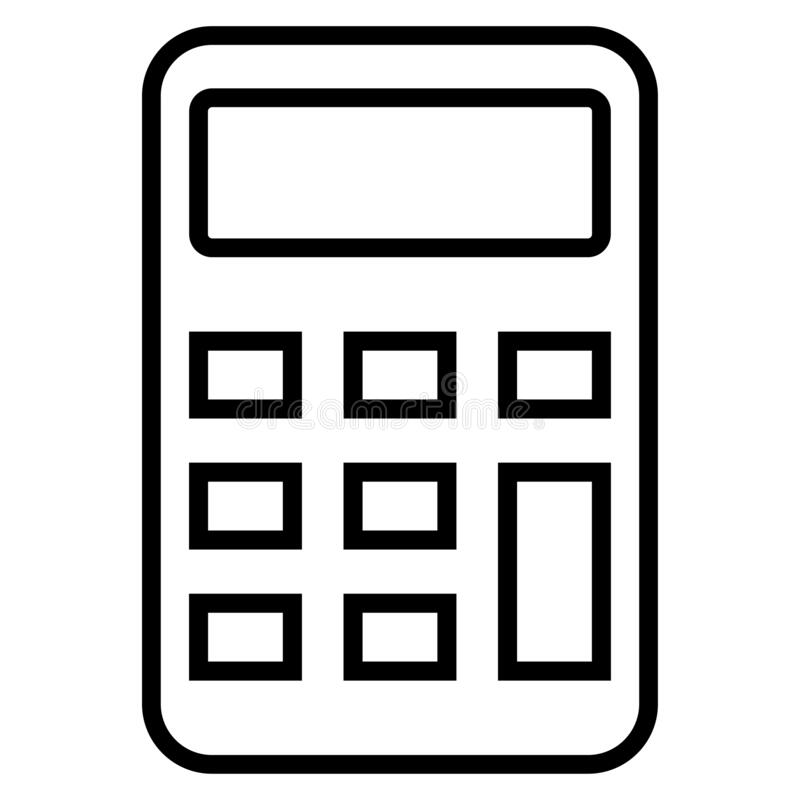Tenancy Deposits: A landlord’s guide to what you can deduct
As a landlord, you have a significant responsibility to manage a tenant’s security deposit. The deposit acts as a safety net against any potential damages or unpaid rent when the tenant moves out. However, it is important to know what you can deduct from the deposit and what you cannot. In this blog post, we will cover the essential information you need to know as a landlord to avoid legal disputes and ensure a fair return of the deposit to your tenant.
Free Landlord Resources

Free Instant Valuation
See how much your property could get in rent.

Fee Saving Calculator
See how much you could save on property fees.
Yield calculator
Calculate your rental yield with our simple tool
Compliance Guide
Download your complete landlord compliance guide
What Can You Deduct from a Tenant’s Deposit?
- Unpaid Rent: You can deduct any unpaid rent from the tenant’s deposit, including late fees and penalties outlined in the lease agreement.
- Damage to the Property: You can deduct the cost of repairing any damages caused by the tenant. This includes damage beyond normal wear and tear, such as holes in the walls, broken windows, or stains on the carpet.
- Cleaning Costs: You can deduct the cost of cleaning the property if the tenant did not leave it in a clean and tidy condition. This includes professional carpet cleaning or cleaning services if necessary.
- Missing or Broken Items: You can deduct the cost of replacing any missing or broken items that were included in the rental property, such as appliances or furniture.
- Utility Bills: You can deduct the cost of any unpaid utility bills, such as electricity or gas, if the tenant was responsible for paying them.
- Legal Fees: You can deduct any legal fees that you incurred in the process of evicting the tenant or pursuing legal action.
What Can You Not Deduct from a Tenant’s Deposit?
- Normal Wear and Tear: You cannot deduct the cost of repairing any damages that are considered normal wear and tear, such as minor scuffs on the walls or worn carpet.
- Pre-Existing Damages: You cannot deduct the cost of repairing any damages that were present before the tenant moved in. It is essential to conduct a move-in inspection and document any pre-existing damages.
- Replacing Old Items with New Ones: You cannot deduct the cost of replacing old items with new ones, such as replacing an old stove with a brand new one.
- Improvements or Upgrades to the Property: You cannot deduct the cost of any improvements or upgrades made to the property, such as painting the walls or installing new appliances.
Importance of Proper Documentation
Before the tenant moves in, it is essential to conduct a thorough move-in inspection to document any existing damages or issues. This will serve as a baseline for comparison during the move-out inspection. Taking pictures and videos of the property before and after tenancy can serve as evidence in case of a dispute. This will help you prove any damages caused by the tenant and can prevent false claims of damages.
When deducting from the tenant’s deposit, it is important to provide an itemised list of deductions that includes the cost of each item and a clear explanation of the deduction. Clear communication with the tenant throughout the process can prevent any misunderstandings or disputes. It is important to inform the tenant of any deductions and provide a breakdown of the costs.
Legal Requirements for Handling Tenant Deposits
Lanlords must return the deposit within 10 days of you both agreeing how much the tenant will get back. If dispute arises between landlord and tenant, then the deposit will be protected in the TDP scheme until the issue is resolved.
Conclusion
Managing a tenant’s security deposit is a crucial responsibility for landlords. Knowing what you can and cannot deduct from the deposit, documenting damages, and complying with legal requirements are essential for a fair and successful return. By communicating clearly with your tenant and conducting thorough inspections, you can minimise disputes and maintain a positive landlord-tenant relationship. As a responsible landlord, it is important to understand your legal obligations and handle deposits with care and compliance.
Free Landlord Resources

Free Instant Valuation
See how much your property could get in rent.

Fee Saving Calculator
See how much you could save on property fees.
Yield calculator
Calculate your rental yield with our simple tool
Compliance Guide
Download your complete landlord compliance guide

Meet Sam your local Expert
Sam has a wealth of experience across the private landlord and Build to Rent sectors. He has advised a wide range of clients across the whole of London on how to find great tenants, improve their assets and effectively market their properties for the best returns.
Our Trusted Partners





See if we can save you Money
As Featured on






